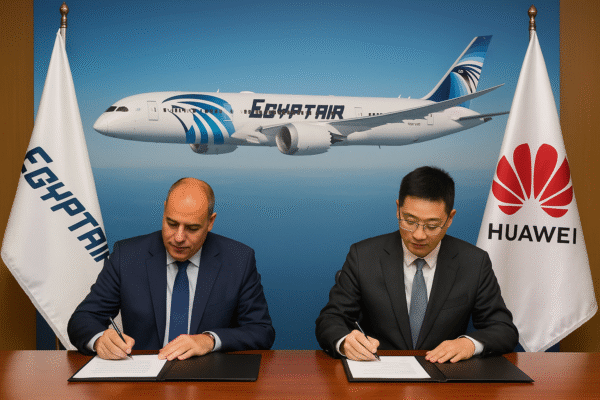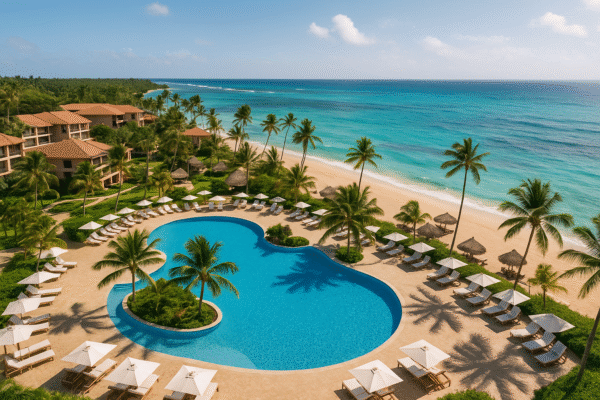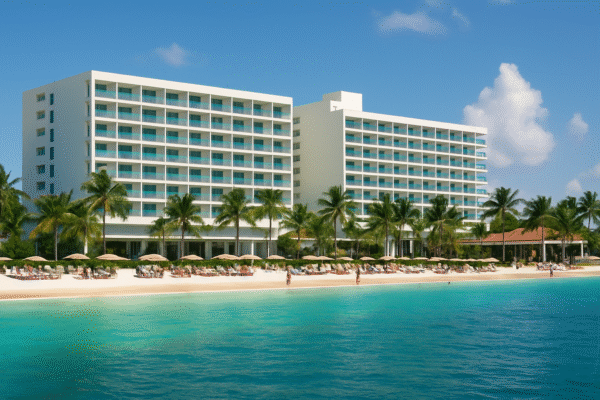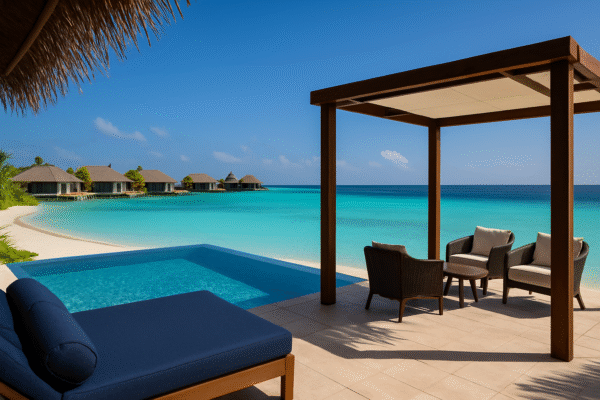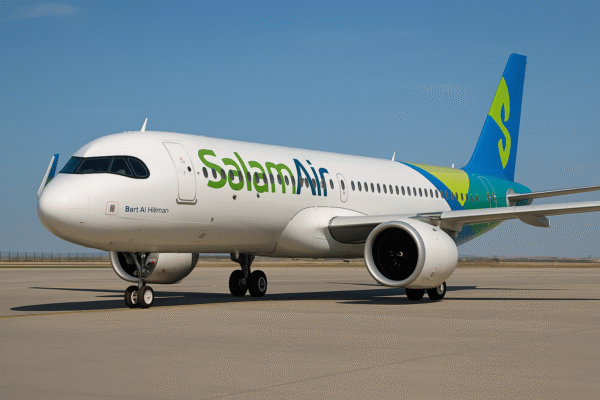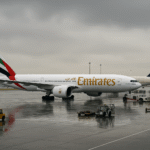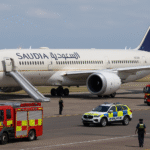Oman’s fast-growing low-cost airline, SalamAir, is marking a major leap forward with the arrival of its 15th aircraft, a brand-new Airbus A321neo. Named “Barr Al Hikman”—a tribute to Oman’s beautiful coastal region often referred to as the “Maldives of the Middle East”—this newest addition underscores the carrier’s commitment to expanding affordable air travel while celebrating Omani heritage and scenic destinations.
Bridging Heritage and High-Tech Travel
The christening of the A321neo as “Barr Al Hikman” is more than symbolic. It binds together modern aviation technology and traditional Omani culture. The aircraft mirrors the very landscapes it connects—pristine coastline, rich biodiversity, and untouched beauty. Through this naming, SalamAir signals that its expanding fleet is both a vehicle for progress and a link to Oman’s natural treasures.
Strategic Growth Aligned with Vision 2040
SalamAir’s long-term plan is to grow its fleet to 25 aircraft by 2028, a target central to its three-year expansion strategy. This aligns closely with Oman’s Vision 2040, the national blueprint aimed at diversifying the economy, reinforcing infrastructure—including aviation—and stimulating tourism development. By bringing in fuel-efficient Airbus A321neos designed for cost-effective regional service, the airline is actively supporting this vision, offering affordable access to Oman’s skies and catalyzing tourism—especially from underserved markets.
Seizing Untapped Markets and Strengthening Connectivity
Unlike regional neighbors such as the UAE and Qatar—whose airlines operate extensive fleets—Oman remains relatively under-connected. With just over 40 aircraft across its national carriers compared to hundreds in neighboring states, the Sultanate has significant potential for growth.
Recognizing this opportunity, SalamAir is carving out its niche by inaugurating flights to destinations that previously lacked direct links to Oman. This latest aircraft enables it to reinforce existing routes and open new ones—transforming regional travel. Upcoming expansions include increased frequency on flights to Nairobi, fresh routes to Sudan, Ethiopia, and Somalia, enhanced presence in Saudi Arabia via Abha, resumption of service to Beirut, and launch of flights to Medan, Indonesia.
Regional Balance via Salalah Base Strategy
Supporting Oman’s balanced regional development is a key part of SalamAir’s strategy. Plans are underway to base two to three aircraft at Salalah, the gateway city to Dhofar. Doing so not only improves infrastructure outside Muscat but also promotes tourism in southern Oman’s lush landscapes, monsoon-season beauty, and cultural heritage. A Salalah base stands to generate year-round jobs, boost local economies, and bring visitors directly to this scenic region—advancing both tourism and equitable regional growth.
Leadership Eyes: Integrating Connectivity and Affordability
SalamAir’s leadership sees a clear role for the airline in enhancing Oman’s broader transport ecosystem. Chairman Mohamed Bin Abdullah Al Khonji emphasizes the airline’s focus on accessible, low-cost air travel, generating positive ripple effects for the national economy. Meanwhile, CEO Adrian Hamilton-Manns highlights how the new Airbus A321neo gives SalamAir the operational flexibility needed to strengthen international connectivity—for inbound tourism and outbound travel alike.
Economic and Tourism Impacts
For Oman’s tourism sector, the arrival of “Barr Al Hikman” signals momentum. New routes into Africa and Southeast Asia, coupled with domestic regional development, are likely to stimulate both leisure and business travel. Improved connectivity can unlock new markets, bringing diverse travelers—from eco-tourists to cultural explorers—to Oman’s shores. These opportunities feed directly into Vision 2040’s targets for expanded arrivals, tourism revenues, and diversification of economic activity.
A Future Focused on Sustainable Expansion
This Airbus A321neo—notable for fuel efficiency and lower per-seat operational costs—is aligned with global aviation trends toward greener, more sustainable air travel. SalamAir’s fleet expansion is not just about numbers; it reflects a shift toward smarter, environmentally-conscious growth.
With each new route, each new aircraft, the airline is building capacity, delivering on affordability, and reinforcing Oman’s position in the tourism-aviation interface. The A321neo forms a key step in the strategic roadmap toward building a fleet of 25 aircraft—enabling more direct flights, stimulating regional economies, and contributing to a resilient and diversified aviation industry.
Looking Ahead
As SalamAir continues its fleet rollout and network extensions, the impact is being felt across Oman—economically, socially, and geographically. The airline’s twin focus on unlocking unserved destinations and anchoring growth in regions like Dhofar underscores a vision of inclusion and broad-based development. Aviation is fast becoming a central pillar in Oman’s diversified economic future, and SalamAir is firmly at its vanguard.
The naming of the new A321neo “Barr Al Hikman” captures this sentiment—a flying ambassador of Oman’s heritage, sustainability, tourism potential, and a symbol of an airline and a nation in exciting expansion. As SalamAir soars into new markets, the destination may be many—but the ambition remains rooted firmly in Oman.
For more travel news like this, keep reading Global Travel Wire

